Coronavirus Disease 2019 (COVID-19) pandemic has greatly intensified the struggle of the Filipino families for economic survival due to limited mobility brought about by enhanced community quarantine. Because of this, the national government came up with “Bayanihan to Heal As One” Law which provides an emergency subsidy for poor and most vulnerable sectors of the society.
One of the social protection programs which will be implemented to meet this end is through the Social Amelioration Program. Here are eight important things you need to know about this program.
1. What is Social Amelioration Program of the government? The Social Amelioration Programs of the government are programs intended to mitigate the socio-economic impact of the COVID-19 health crisis and the Enhanced Community Quarantine guidelines.
The program is implemented by Department of Social Welfare and Development (DSWD) together with Departmet of Labor and Employment (DOLE), Department of Trade and Industry (DTI), Department of Agriculture (DA), Departmet of Finance (DOF), Department of Budget and Management (DBM), and Department of Interior and Local Government (DILG).
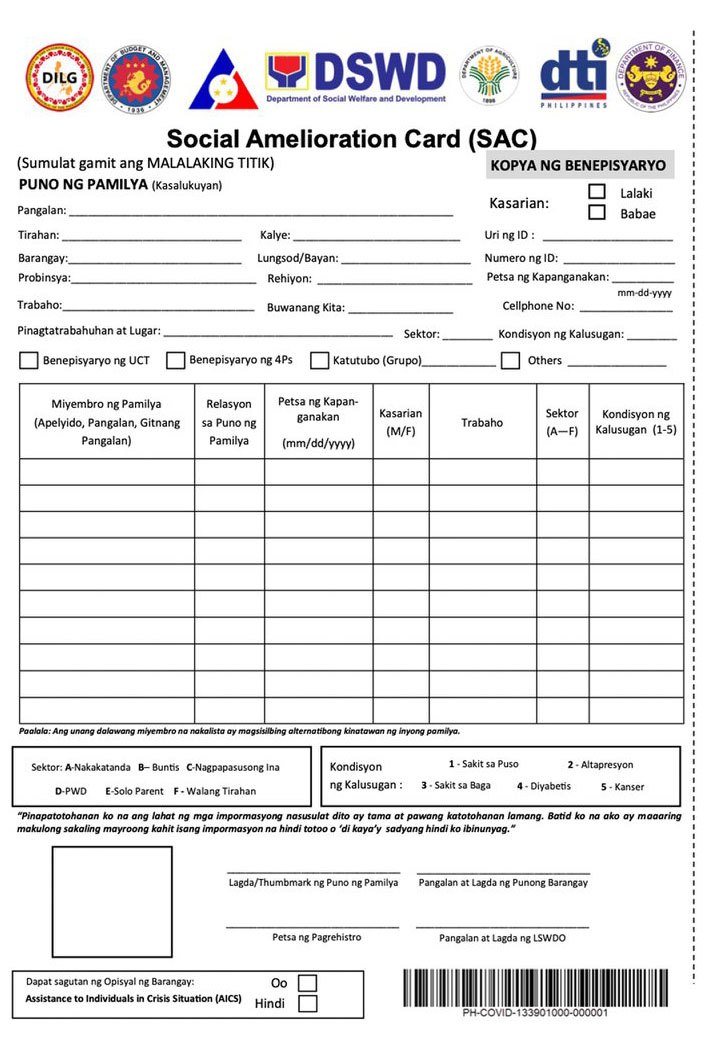
2. What program of DSWD is part of the Social Amelioration Programs? The program of DSWD that is part of social amelioration programs is the Financial Assistance – Assistance to Individuals in Crisis Situation (AICS). This is the giving out of financial assistance by DSWD to individuals and families who are poor, marginalized, vulnerable/disadvantaged or suffering from crisis.
3. How much subsidy will each qualified household receive? The subsidy shall amount to a minimum of Five Thousand Pesos (PhP 5,000.00) to a maximum of Eight Thousand Pesos (PhP 8,000.00) a month for two (2) months to provide for basic food, medicine, and toiletries. The subsidy shall be computed based on the prevailing regional minimum wage rates and the existing subsidy programs of the local and national governments.
In Region 6, the subsidy is P6,000 per month.
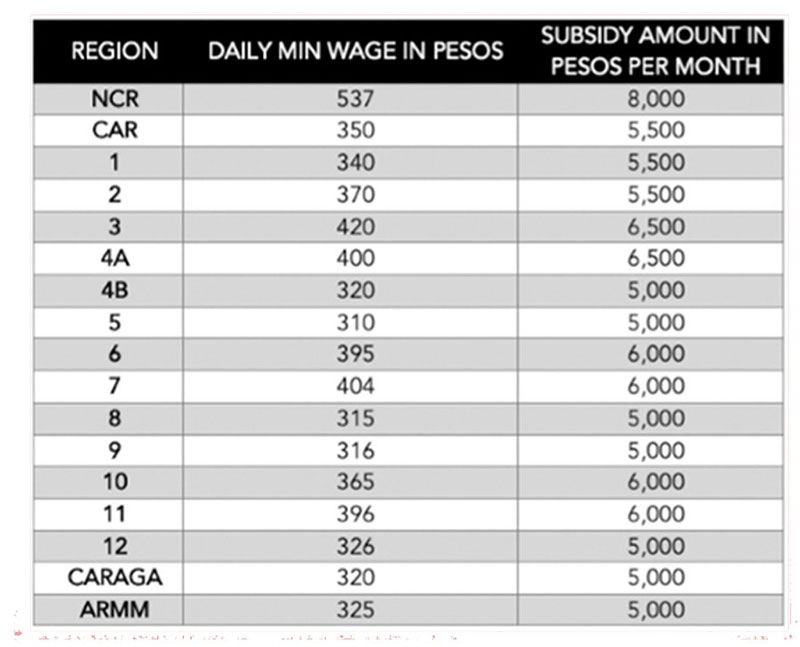
4. Who are qualified to receive the social amelioration? The families who are poor or those in the informal sector who lost their livelihood during the enhanced community quarantine, which has 1 member belonging to the following vulnerable or disadvantaged sectors: Senior Citizens, Persons with Disabilities (PWDs), Pregnant and lactating mothers, Single Parents, OFWs in distress, Indigent Indigenous Peoples (IPs), Underprivileged Sector and Homeless Citizens, Informal Economy Workers, Directly Hired or Occasional Workers, Subcontracted Workers, Homeworkers, Househelpers;
Drivers of Pedicab, Tricycle, PUJs, UVs, PUBs, Taxi, Transport Network Vehicle Service (TNVS) and Transport Network Companies (TNC), Micro-entrepreneurs and Producers, Operators of Sari-sari Stores, Family Enterprise Owners, Sub Minimum Wage Earners, Farmers, Fisherfolks, and Farm workers, Employees affected by “no work, no pay” policy and not covered by DOLE Order No. 209, Series of 2020 or any DOLE issuance/s on adjustment measures program;
5. How many households will benefit from social amelioration programs? A total of 18 million families who are poor or those in informal sector which are at risk of not earning a living during the Enhanced Community Quarantine.
6. How will they determine the qualified beneficiaries? The Local Government Units (LUGs) will submit the list of beneficiaries. Moreover, DSWD, DA, and DOLE will use their own database in checking, in coordination with DILG.
7. How about those households under 4Ps? Are they included in the social amelioration programs? Yes, the government will support them through additional assistance not exceeding the P5,000 to P8,000 subsidy prescribed in their region. It will be top-up to their regular subsidy as 4Ps member.
8. How will they monitor the distribution of social amelioration programs? Social Amelioration Card (SAC) is a form, distributed at the barangay level, that captures the family profile which will be the mechanism for the affected families to access the social amelioration programs of the government. The SAC form will serve as a record or list of services received by the head of the family It will be signed by the Local Social Welfare and Development Officer and the Mayor.
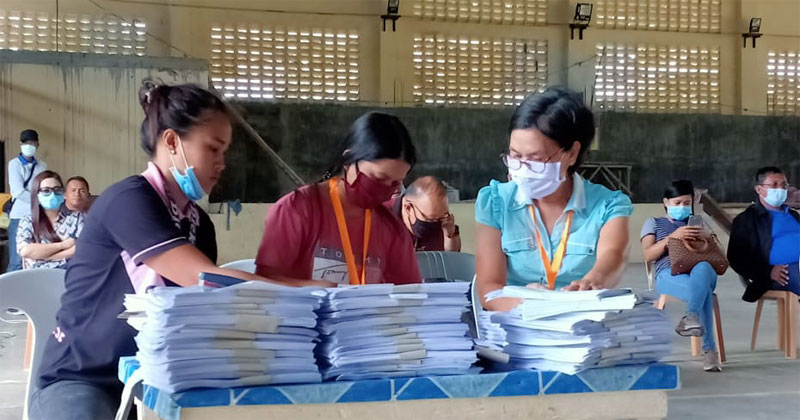
In an interview over RMN Iloilo, DSWD-6 Public Information Officer May Rago Castillo said that they are targeting around 1.8 million families in Western Visayas, including those under 4Ps.
“I would like to emphasize that while we have those big number of target families, there will be some who will be left behind. We will prioritize those who are really in need,” Castillo said.
Castillo explained that the barangay officials will list down those who are qualified and give them social amelioration card (SAC) form to be filled up. These will be submitted to DSWD for validation.
When the funds are downloaded to LGUs, DSWD recommends that releasing of payouts should be done house-to-house. But Castillo added that it is at the discretion of the local chief executives to strategize the payment.
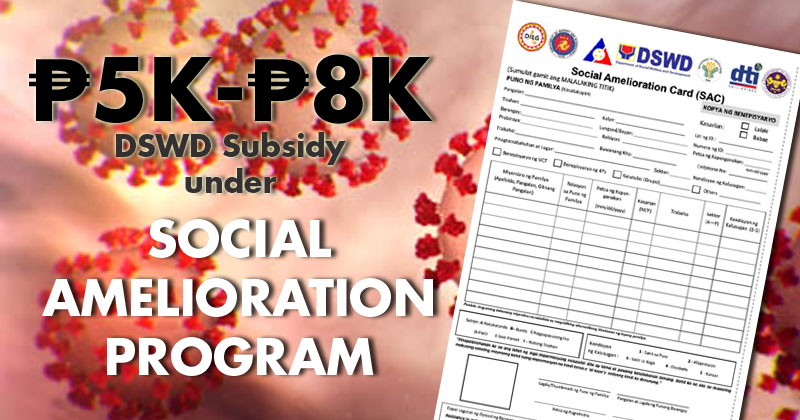
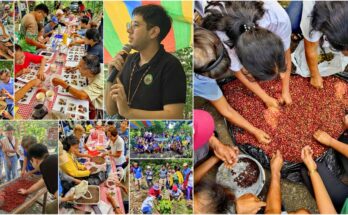
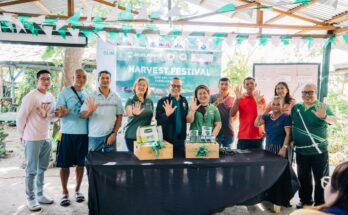

mariacristinalugosagay@gmail.com